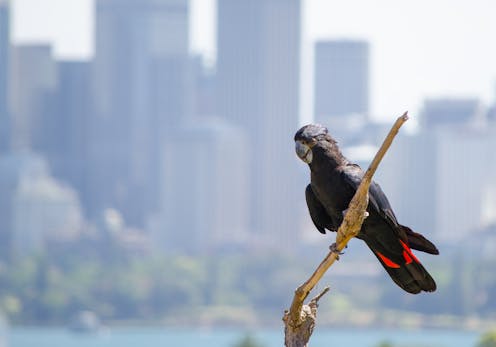Koalas, parrots, frogs and orchids share our cities. Their fate depends on protecting each one's habitat, not just 30% of all land
- Written by Simon Kilbane, Senior Lecturer, Landscape Architecture, Deakin University

The global 30x30 target aims to protect 30% of the planet by 2030 to secure its biodiversity. This involves legal protection for land and sea areas designated as national parks and nature reserves. Australia has joined more than 100 countries in this bold initiative.
However, if we are to adequately protect all species, we must acknowledge we never start with a blank slate. As a major academic review of fragmented ecosystems observed:
“Conservation managers must work with the remnants and virtually never have the opportunity to design a reserve network before an area is fragmented.”
The areas we choose to protect must include ecosystems where biodiversity is under pressure from human land uses. Australia’s urban areas still have a surprisingly high level of biodiversity.
Our major cities are home to almost 380 threatened species. They range from the western ringtail possum, koala and grey-headed flying fox to the orange-bellied parrot, red-crowned toadlet and several orchids. Indeed, 39 endangered species are found only in our cities and towns.
These urban areas also include threatened ecological communities such as the banksia woodlands of the Swan coastal plain in Perth and blue gum high forest of the Sydney region.
So, what does the 30x30 target mean for our cities and how we protect their biodiversity?
Read more: The 39 endangered species in Melbourne, Sydney, Adelaide and other Australian cities
Many areas are poorly protected
To protect biodiversity it’s not enough to simply protect 30% of land in general. Australia’s National Reserve System prescribes a comprehensive, adequate and representative approach. This divides the country into 89 distinct bioregions and 419 subregions.
The latest data suggest that simply achieving 30% protection for all these areas will be difficult.
As the maps below show (dark green areas have 30% or more protection), Australia meets this target in only 29 of its 89 bioregions, and 96 of 421 subregions. Is this is an improvement from a decade ago when a modest target of 10% protected area had been achieved in only 57 of 89 ecoregions?





